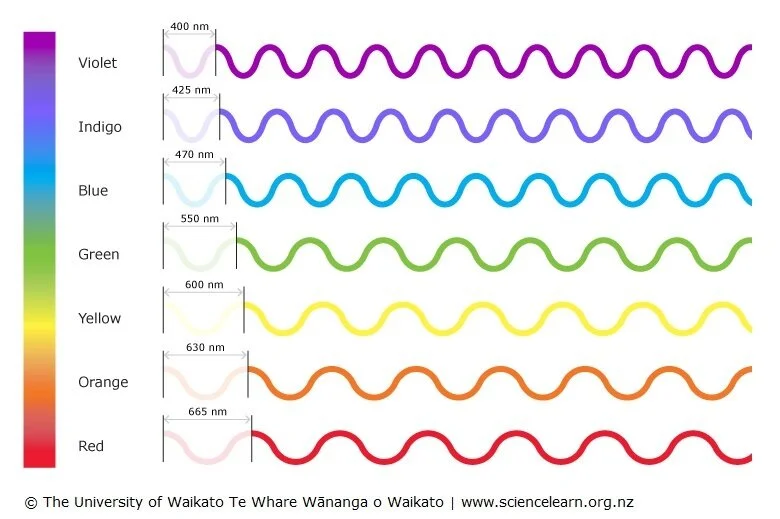Sunsets are red, afternoons are blue: here are some fun facts for you
Imagine for a moment that it’s a beautiful summer day and you’re off to the beach. You slap on your sunblock, throw on your rashie and run out into the water. You dive beneath the whitewash of a big wave and when you surface it feels like you barely have time to rub your eyes and catch your breath before the next wave comes crashing through. Being a good Scister you understand the importance of sun safety, so after a little while you head back up the beach to reapply your sunscreen. The second time you head out into the water the waves, while still big, are coming in more slowly. You get past the whitewash to jump over the crest of each wave as they roll through. You have more time between waves to take a look around you; you float on your back, gaze up at the sky and start to wonder: why is the sky blue?
Well the water you’ve been swimming in all morning can give you a bit of a hint: because it’s all to do with wavelength. The time between each crest (or top) of each wave that came rolling through is known as the wavelength. During the first swim the wavelength was short, while during your second swim the wavelength was long.
Just like water in the ocean, light also travels in waves. The light emitted by the sun is actually white, which is a mix of all the visible colours. Each colour in the spectrum has a different wavelength. Blue light has a short wavelength (like the waves during your first swim) while red light has a long wavelength (like the ocean during your second swim).
Now imagine you are back out in the water, looking at the clear blue sky above you. Except, the sky isn’t really ‘clear’ because Earth’s atmosphere is comprised of gases like oxygen, nitrogen and carbon dioxide, along with water vapour, and tiny particles of things like dust, dirt, and pollen. You can’t see them very easily, but they are there and they are the reason why you see so much blue.
As sunlight shines down through the atmosphere it hits these tiny obstacles and scatters, sort of bouncing off them. Colours with shorter wavelengths hit more obstacles and as a result scatter more than those with longer wave lengths.
Now, any good day at the beach will see you out of the water around midday because:
It’s time for hot chips and a cold raspberry lemonade.
Because it’s the time of day you are most likely to get sunburnt.
We are encouraged to stay out of the sun in the middle of the day because this is the time when the sun is closest to us, and can cause the worst sunburn. But as the day rolls on the sun gets lower and lower in the sky and further and further from us. Hang out at the beach long enough (especially if you are facing west - the direction the sun sets) and you might be blessed with one of those beautiful, bright pink and orange, Instagram-worthy sunsets. This is because, by the time the sun is nearing the horizon, the light from the sun now travels an even greater distance to reach you. And because the light passes through a greater amount of atmosphere it also encounters more particles in the air. Because of all the extra obstacles to get from the sun to your eyes the blue light now gets scattered away and out of your direct line of sight. Bummer for blue, but this gives those colours with shorter wavelengths a chance to shine through and steal the show!
So next time you take a trip to the beach why not make a full day of it? Enjoy your time diving below and jumping above the crest of the waves, and take the time to watch the colours of the sky change. Maybe someone else will say ‘I wonder why the sky is blue?’.
And now you can tell them.
WHAT YOU KNOW NOW:
Light travels in waves
When light is reflected off an object, even something tiny like gases in the atmosphere, it enables you to see the colour of the wavelength reflected
The amount of light scattered in the atmosphere is responsible for the colours you see in the sky
It is the changing distance between you and the sun, and the tiny obstacles between you, that changes the colour of the sky throughout the day


